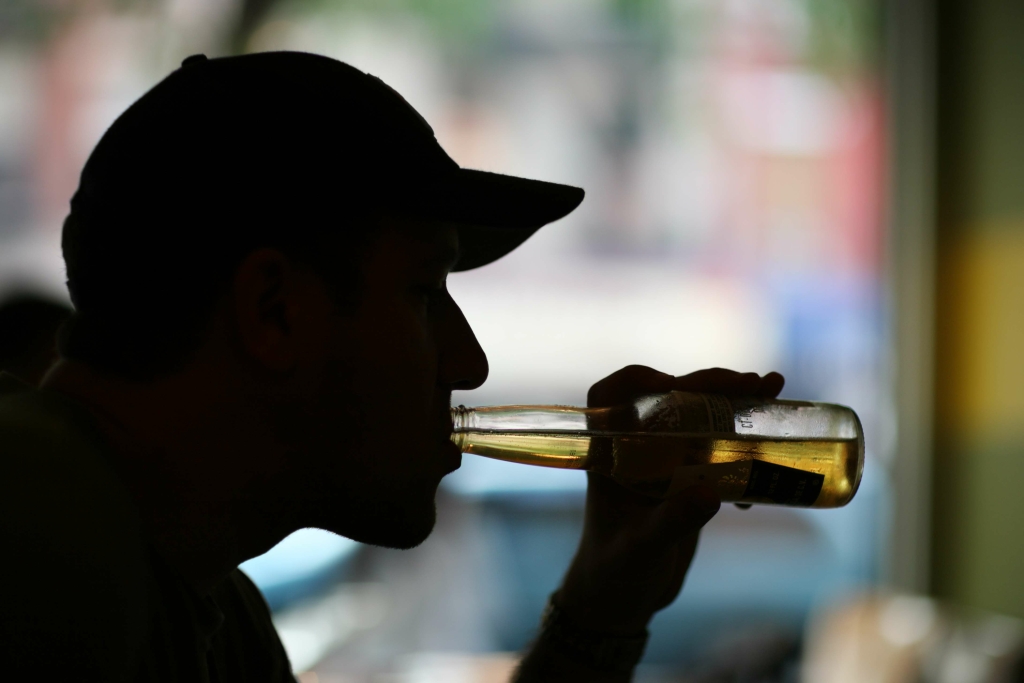You can take our alcohol assessment today to help determine Alcoholics Anonymous if you should seek professional guidance. We do not receive any commission or fee that is dependent upon which treatment provider a caller chooses. Join our supportive sober community where each day becomes a step towards personal growth and lasting positive change. This is especially true for teens who attend parties where drinking is the primary activity.
- Liver enzymes become elevated, signifying damage, and the liver gains fats and inflammation, eventually leading to scarring.
- All information provided in featured rehab listings is verified by the facility officials.
- End stage alcoholism is marked by significant physical and mental decline.
- These symptoms can be severe and are a clear indication of alcohol dependence and alcohol withdrawal.
Stages of Alcoholism: Early Stage, Middle Stage, Late Stage, Diagnosis, Treatment

Get professional help from an online addiction and mental health counselor from BetterHelp. This level of alcohol use disorder is extremely disruptive to families, relationships, and work environments. People with violent tendencies may become dangerous, and others may lose their jobs. It can be a significant strain on the patient and their loved ones when AUD develops at this level. Often, a person with problematic alcohol use will experience a few of these types of situations.
Unpacking the Link Between Mental Health and Substance Use Disorder

The middle stages of alcoholism are also marked by an impaired ability to function in daily life. stages of alcoholism Individuals may struggle with maintaining employment, fulfilling family responsibilities, and managing personal relationships. The four stages of alcoholism explain how a person moves from occasional drinking to physical and psychological dependence.

Signs and Symptoms:
In order to be considered a binge drinker, men must consume 5 drinks every 2 hours while women must consume 4. In fact, binge drinking can lead to serious health concerns such as alcohol poisoning, comas, and even death. Additionally, drinking in large amounts can lead to alcohol dependency or addiction – making it the first stage of alcoholism. Alcohol use disorder (AUD) is a term used to describe the condition of addiction to alcohol.
- An individual’s dependence on alcohol may also become more apparent to those around them.
- A younger age at first drink and early exposure to alcohol significantly increase the likelihood of dependence.
- The chronic severe type includes individuals who have struggled with alcohol for many years.
- People who had difficult childhoods or have an underlying mental health disorder may also be more prone to move from an occasional, social drinker to someone who develops an abuse problem.
Here, the impact of alcohol on daily life becomes more apparent, with friends and family noticing changes in behavior and lifestyle. Individuals in this stage meet at least four to five criteria from the DSM-5 list, indicating a progression toward severe alcohol use disorder. People with a family history of addiction or a mental health disorder may be at a higher risk of alcoholism. Other factors that increase someone’s risk of alcohol misuse include their early use of alcohol, peer pressure to drink, or a lack of family involvement in their lives, particularly from a young age.
When to Seek Help for Drinking: Is It Time to Say “Enough Is Enough”?
The medications used to treat alcohol addiction include naltrexone, acamprosate, and disulfiram. These medications serve different purposes in supporting recovery from alcohol use disorder. This means that anyone who feels like they’re on the path to addiction in one of these four stages can create a whole new fifth stage – recovery. At this point, alcohol consumption starts to become an obvious problem.
The Importance of Recognising the Signs Early
Treatment may include medical detoxification and inpatient rehabilitation, where the individual can receive 24/7 support and care. The late stage (or “chronic” stage) is when alcohol abuse completely takes over and a person feels a total loss of control over their drinking. It’s no longer a choice but a powerful compulsion that directs most of their decisions and behaviors.

